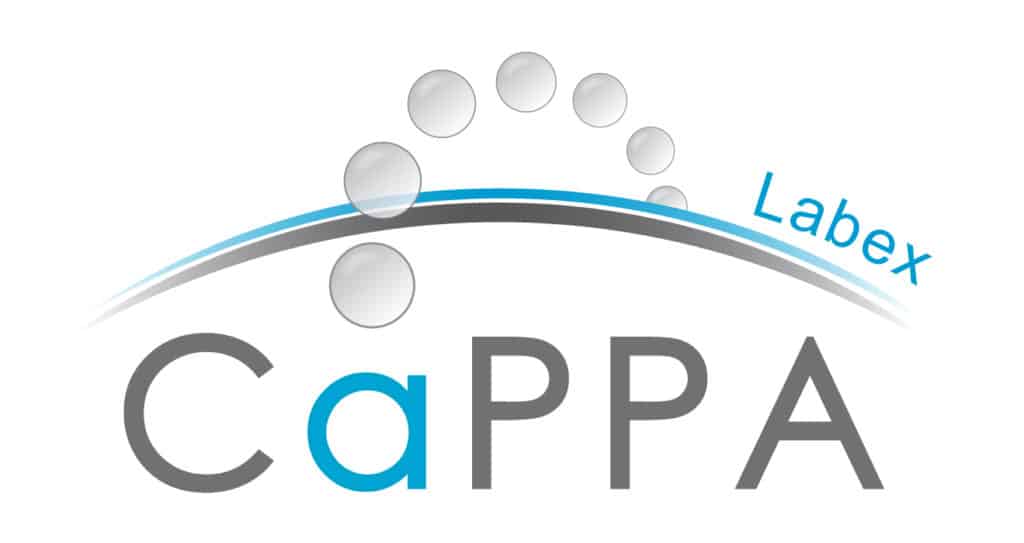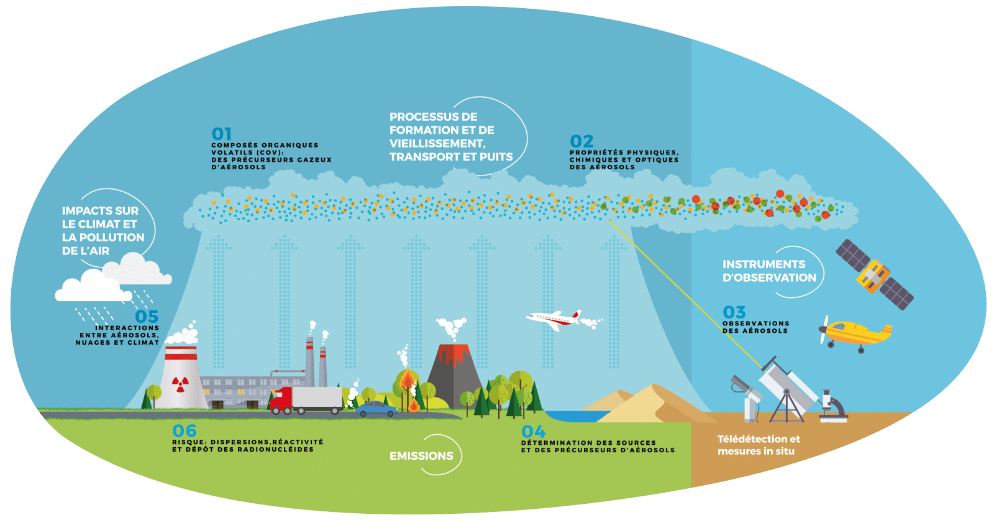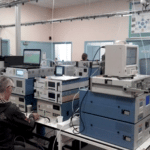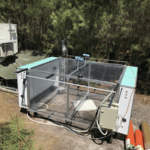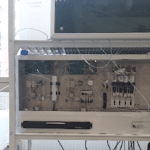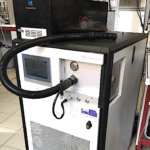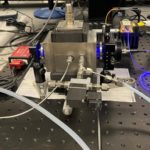1. Aerosols’ effects on climate
Major uncertainties remain regarding the precise impact of aerosols on radiative balance and their effects on climate. Unlike greenhouse gases that heat the atmosphere, aerosols can, depending on their composition and local surface albedo, cool or heat the earth-atmosphere system. In addition, their lifespan in the atmosphere varies depending on their size, mass, and weather conditions.
Aerosols act like a parasol by scattering solar radiation. They prevent radiation from reaching the air layers closest to the ground, and cool the Earth’s surface. By absorbing this same radiation, aerosols can cause heating above highly reflective surfaces, due in particular to their significant absorption capacity. These two types of interaction are part of the direct effects of aerosols. Due to their absorbing effect, aerosols warm the atmosphere locally and change the temperature profile and hence the relative humidity and, consequently, the formation of clouds. This is referred to as a semi-direct effect.
Finally, certain types of aerosols, such as desert dust, absorb infrared radiation emitted by the surface and the atmosphere and re-emit it, thus contributing to a warming effect (greenhouse effect), which can be significant locally but smaller than “parasol” effect from a global perspective.
Aerosols play a role in the water cycle by acting as condensation nuclei (clouds of liquid water) or ice nuclei (clouds of ice). In so doing, aerosols modify the optical and physical properties of cloud cover and affect their duration. This relates to the indirect effects of aerosols.
2. Aerosols’ effects on human health and air quality
Aerosols contribute to air pollution and have health and economic impacts. In 2011, the European Aphekom study found that exceeding the annual average level of fine particles recommended by the World Health Organization (10 μg/m3) in the air of 25 major European cities would cost €31,5 billion per year in health expenses, lost working days due to illness, and costs associated with a decrease in well-being, quality of life and life expectancy.
The smaller the particles, the easier it is for them to cross the human body’s natural barriers and deeply affect the respiratory system. PM 2.5 particles have a diameter of less than 2.5 µm. They are referred to as very small and contribute to the occurrence of respiratory or pulmonary diseases because they are able to penetrate the smallest air sacs in the respiratory system: the pulmonary alveoli.
The “CaPPA Laboratory of Excellence” project focuses on six work modules:
WP1. From gas phase to aerosols: biogenic VOCs (volatile organic compounds) as precursors for particles
WP2. Aerosol microphysical, chemical and optical properties from fundamental heterogeneous processes to remote sensing
WP3. Aerosol properties and multi-scale variability derived from innovating ground based and spaceborne observations
WP4. Improving the understanding of aerosol source distribution, transport and physico-chemical transformation using advanced merging of remote sensing with atmospheric modelling,
WP5. Contributions to the study of interactions Aerosols/Clouds/Climate
WP6. Hazard: dispersion, reactivity, deposition of radionuclides



